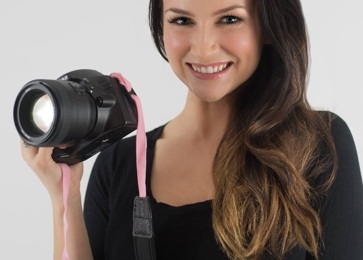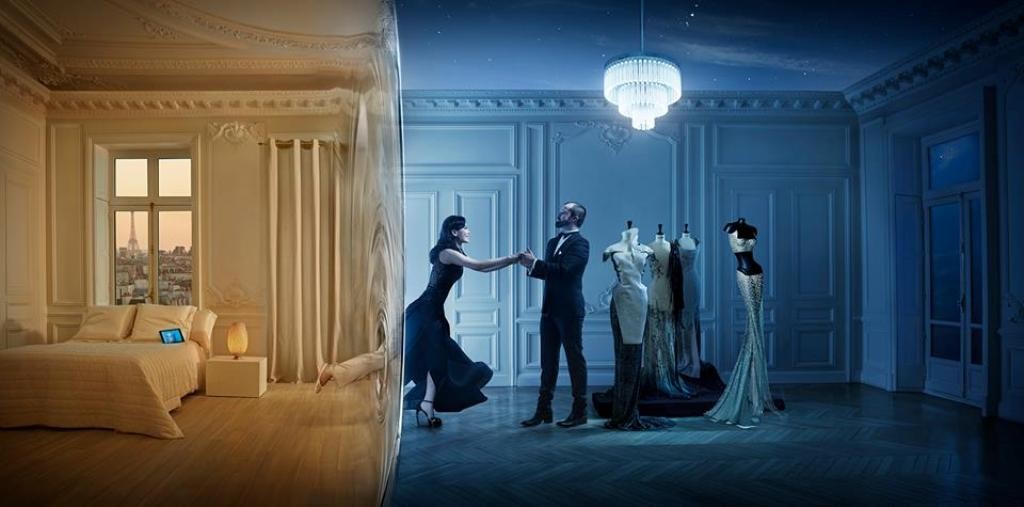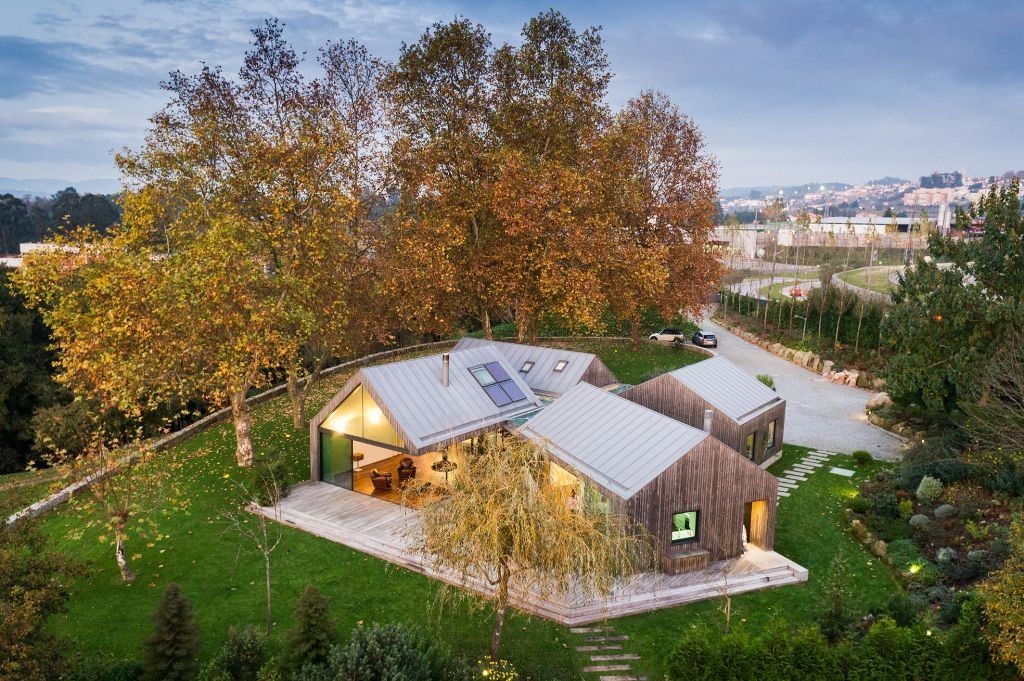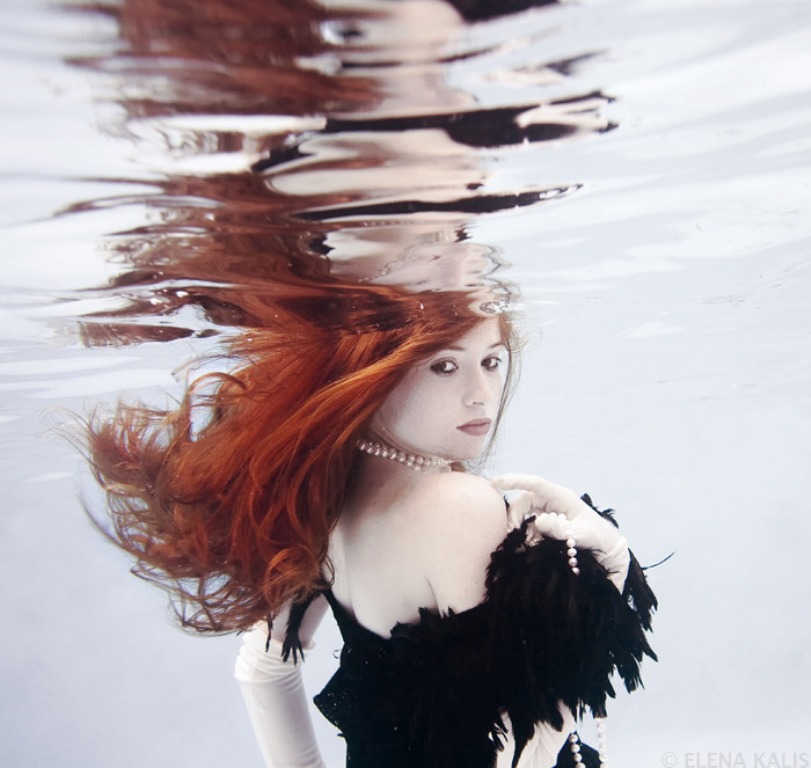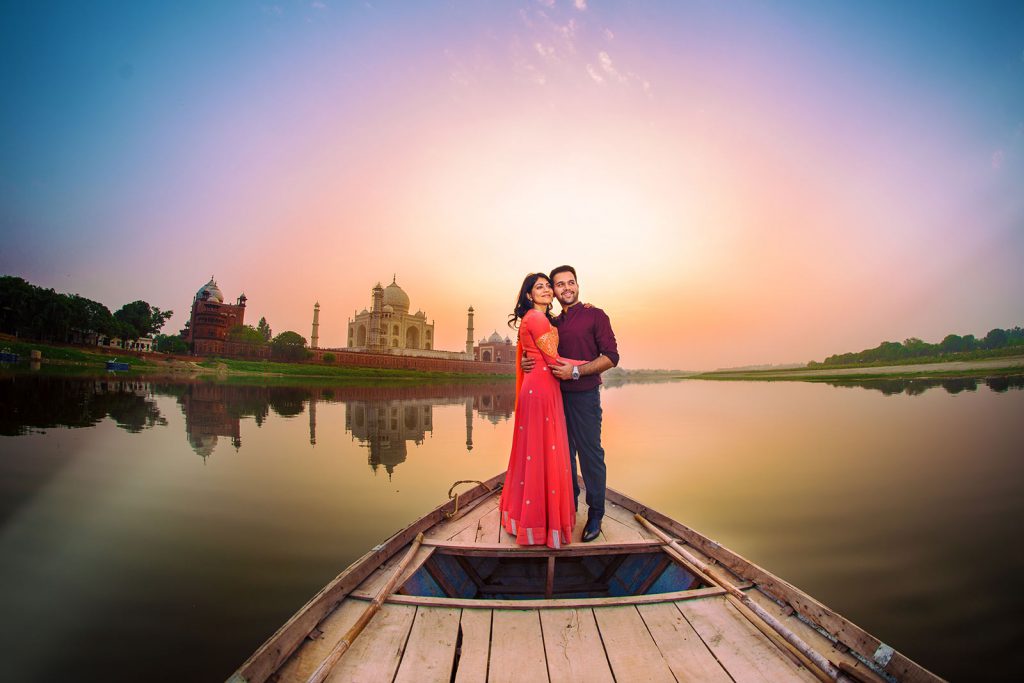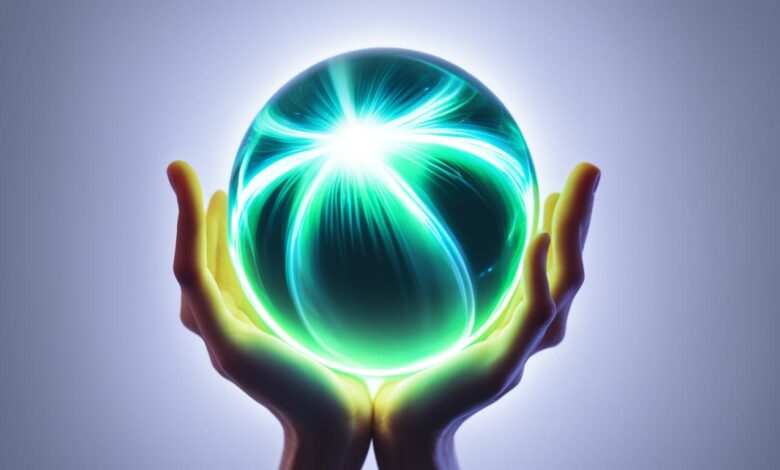
10 Must-Try Light Painting Photography Techniques for 2024
Ah, the magic of capturing light. There’s something truly captivating about creating art with the flicker of a flame or the dance of an LED. It’s an experience that ignites my creativity and fills me with awe. Whether it’s the enchanting glow of a cityscape or the mesmerizing patterns swirling through the night sky, light painting photography allows me to turn fleeting moments into everlasting masterpieces.
Join me on a journey as we explore 10 must-try light painting photography techniques for 2024. These techniques will push the boundaries of your imagination and empower you to see the world in a whole new light.
From the art of light writing to the thrill of capturing sparks with steel wool, we’ll dive into a world of endless possibilities, where creativity knows no bounds.
Are you ready to ignite your passion for light painting photography? Let’s get started.
Key Takeaways
- Light painting photography techniques offer endless creative possibilities
- Experimenting with different light sources and movements can yield stunning results
- Practice and refine your skills to unlock your creative vision
- Discover the beauty of collaborating with other artists to create unique masterpieces
- Have fun and let your imagination guide you as you paint with light
What is Light Painting Photography?
Light painting photography is a captivating sub-genre of long exposure photography that enables photographers to use an off-camera light source to “paint” or manipulate light in a scene while the camera’s shutter remains open.
This technique opens up a world of creative possibilities, allowing photographers to capture dynamic light trails, glowing patterns, and other artistic effects that are not possible with traditional photography methods.
With light painting photography, photographers have the ability to transform ordinary scenes into extraordinary works of art, adding a touch of magic and surrealism to their images. By harnessing the power of light, photographers can create captivating visuals that evoke emotion and ignite the imagination of viewers.
The History and Evolution of Light Painting
The history of light painting can be traced back to the late 19th century when photographers began experimenting with long exposure techniques and light sources to create mesmerizing effects.
One of the pioneers of light painting was Frank Gilbreth, who used small lights attached to the hands and feet of dancers to capture their movements. This early exploration laid the foundation for the development of light painting as an artistic technique.
Over the years, light painting has evolved and gained popularity among photographers around the world. With advancements in technology, light painting techniques have become more accessible and versatile. From the use of simple handheld light sources to the integration of programmable LED lights, the possibilities for creating stunning light painting photographs continue to expand.
The Basic Concept and Equipment Needed
At its core, light painting photography involves using an off-camera light source to illuminate specific areas of a scene while the camera’s shutter remains open.
By moving the light source creatively and strategically during the exposure, photographers can paint with light, leaving behind trails and patterns that enhance the visual appeal of their photographs.
To create captivating light painting images, photographers need a few essential pieces of equipment. Here are some of the key items:
| Equipment | Description |
|---|---|
| Camera with manual settings | A camera with manual controls allows photographers to adjust settings such as shutter speed, aperture, and ISO to achieve the desired exposure. |
| Sturdy tripod | A tripod provides stability and eliminates camera shake during long exposure shots, ensuring sharp and crisp images. |
| Remote shutter release | A remote shutter release allows photographers to trigger the camera’s shutter without physically touching it, minimizing the risk of camera shake. |
| Various light sources | Photographers can use a variety of light sources such as LED flashlights, glow sticks, light wands, or even fire to paint with light and create unique effects. |
These are the essential tools needed to get started with light painting photography. As photographers gain experience and explore more advanced techniques, they may consider investing in specialized light-painting tools and accessories to expand their creative options.
In the next section, we will dive deeper into the technique of light writing, where photographers can create illuminated text and drawings using light painting techniques.
1. Light Writing: Creating Illuminated Text and Drawings
Light writing is a popular light painting technique that allows photographers to create illuminated text and drawings in their photographs. This technique involves using a light source to write or draw in the air while the camera’s shutter is open.
Choosing the Right Light Source for Light Writing
When it comes to light writing, choosing the right light source is crucial for achieving the desired effect. Here are some popular light writing tools to consider:
- LED light wands: These handheld light sources provide precise control and allow you to write or draw with ease.
- Glow sticks: These affordable and portable options create vibrant lines and can be easily maneuvered to create intricate designs.
- Laser pointers: Laser pointers produce focused beams of light that can be used to create sharp and defined text or drawings.
Experimenting with different light sources will help you find the one that suits your style and desired outcome. Consider factors such as brightness, color options, and ease of use when choosing your light writing tool.
Mastering the Technique: Timing, Movement, and Composition
Creating captivating light writing requires mastering the technique of timing, movement, and composition. Here are some tips to help you elevate your light writing photography:
- Timing: Experiment with different shutter speeds to control the exposure time and the visibility of your light writing. Longer exposures will result in brighter and more pronounced light trails, while shorter exposures can create more subtle effects.
- Movement: Practice maintaining smooth and consistent movement while writing or drawing with the light source. This will help you create clean and well-defined lines or shapes.
- Composition: Consider the composition of your photograph and plan the placement of your light writing within the frame. Experiment with different angles, perspectives, and backgrounds to add depth and visual interest to your images.
By mastering the timing, movement, and composition aspects of light writing, you can create stunning illuminated text and drawings that will captivate viewers and add a unique touch to your photography.
2. Light Stenciling: Projecting Patterns and Shapes
Light stenciling is an exciting light painting technique that allows photographers to project intricate patterns and shapes onto a subject or surface. By using a light source and a custom-made stencil, photographers can create visually stunning effects that add depth and creativity to their photographs.
Creating Custom Stencils for Unique Light Painting Effects
One of the key elements of light stenciling is designing and creating custom stencils. These stencils determine the shape or pattern that will be projected onto the subject.
Photographers can use various materials such as cardboard, plastic, or metal to create their stencils. Using precise cutting tools, they can craft intricate designs or utilize ready-made stencils for more complex patterns.
Custom stencils offer photographers the freedom to experiment with different shapes, sizes, and levels of detail. This allows for endless possibilities in creating unique and personalized light painting effects that can truly express their artistic vision.
Positioning and Focusing the Light Source for Sharp Projections
Once the stencil is ready, the next step is to position and focus the light source to ensure sharp and well-defined projections. The placement of the light source will depend on the desired effect and the positioning of the subject.
For close-up shots or small subjects, it is recommended to position the light source closer to the stencil to achieve sharper projections. On the other hand, larger subjects may require the light source to be placed farther away to cover a wider area.
It is important to experiment with different angles, distances, and intensities of light to achieve the desired effect. By adjusting these variables, photographers can create unique projections that enhance the visual impact of the subject.
| Advantages of Light Stenciling | Considerations for Light Stenciling |
|---|---|
|
|
3. Light Spiraling: Capturing Dynamic Swirls and Vortexes
Selecting the Ideal Light Source and Color for Spiraling
When it comes to light spiraling photography, selecting the right light source and color is crucial for capturing dynamic swirls and vortexes in your images. For this technique, you’ll need a light source that is capable of producing a continuous and steady stream of light.
LED light wands or flashlights with adjustable brightness levels are popular choices among photographers.
The color of the light source can significantly impact the overall effect of your light spiral. Experiment with different colors to achieve the desired mood and atmosphere in your photographs. Cool tones like blue and green can result in a calming, ethereal spiral, while warm tones like red and orange can create a more vibrant and energetic spiral.
Keep in mind that the intensity and color temperature of your light source can affect the exposure settings and white balance of your camera. Adjust these settings accordingly to achieve the desired effect and maintain accurate color representation in your final images.
Perfecting the Spinning Technique for Smooth, Continuous Spirals
The spinning technique is the key to creating smooth and continuous spiral patterns in light spiraling photography. Here’s a step-by-step guide to help you perfect this technique:
- Position yourself and your light source in front of the camera lens.
- Start with a slow and steady circular motion, rotating the light source around its axis.
- Gradually increase the speed of your spinning motion while maintaining a consistent and fluid movement.
- Continue spinning throughout the entire exposure time to create a continuous and well-defined spiral.
Remember to practice the spinning technique to achieve smooth and uniform spirals. Consistency in your spinning motion will result in more visually appealing and captivating images.
By selecting the ideal light source and color, and mastering the spinning technique, you can create stunning and dynamic swirls and vortexes in your light painting photographs. Light spiraling offers endless possibilities for creative expression and can add a touch of enchantment to your images.
4. Light Painting with Steel Wool: Sparks and Fiery Trails
Light painting with steel wool is an exhilarating technique that adds sparks and fiery trails to your photographs. By igniting a bundle of steel wool and spinning it around while the camera’s shutter is open, you can create stunning and dramatic effects.
Safety Precautions and Ideal Locations for Steel Wool Light Painting
When practicing steel wool light painting, it is crucial to prioritize safety to prevent accidents. Take the following precautions:
- Wear protective clothing, including fire-resistant gloves, goggles, and a hat to shield your head.
- Choose a spacious, open location, away from flammable objects, vegetation, and crowds.
- Have a fire extinguisher or a bucket of water nearby as a safety measure.
- Ensure you are in compliance with local laws and regulations regarding the use of fire and open flames.
By observing these safety measures, you can enjoy the process of steel wool light painting while keeping yourself and your surroundings safe.
Let’s take a look at some ideal locations for steel wool light painting:
| Location | Why it’s ideal |
|---|---|
| Abandoned buildings or structures | The dark and atmospheric environment enhances the impact of the fiery trails. |
| Beaches or waterfronts | The reflections of the sparks on the water create a captivating visual effect. |
| Urban rooftops | The cityscape provides a stunning backdrop for the steel wool light painting. |
Keep in mind that safety and obtaining permission to use certain locations should always be your top priorities.
Mastering the Spinning and Exposure Techniques for Dramatic Results
To achieve dramatic results with steel wool light painting, mastering the spinning and exposure techniques is crucial. Here are some tips:
- Select a steel wool grade that is suitable for your desired effect. Finer grades produce brighter sparks.
- Ignite the steel wool only after you have started the camera’s exposure to avoid capturing any initial bursts of flame.
- Hold the burning steel wool away from your body and spin it in a circular motion to create long and elegant trails of sparks.
- Experiment with different spinning speeds and directions to achieve varied effects.
- Adjust the camera’s exposure settings, particularly the shutter speed, to capture the desired level of detail and brightness in the sparks and trails.
- Consider combining multiple exposures to create more complex and layered steel wool light paintings.
By practicing and experimenting with these spinning and exposure techniques, you can achieve breathtaking and unique steel wool light painting photographs.
5. Kinetic Light Painting: Capturing Motion and Energy
When it comes to light painting photography, capturing motion and energy can add a captivating and dynamic element to your images. Kinetic light painting is a technique that allows you to achieve just that.
By introducing movement into the light source while the camera’s shutter is open, you can create visually stunning and expressive photographs.
Using LED Lights and Programmable Devices for Kinetic Effects
LED lights are a popular choice for creating kinetic effects in light painting. With their versatility and ability to emit bright and colorful light, LED lights allow you to experiment with a wide range of movements and patterns.
Additionally, programmable devices, such as light sticks and pixel sticks, give you greater control over the movement and timing of the lights, resulting in precise and coordinated kinetic effects.
Choreographing Movement and Adjusting Camera Settings for Optimal Results
Choreographing movement in kinetic light painting requires careful planning and coordination. You can achieve different effects by moving the light source in various directions, such as swirling, spinning, or spiraling. Experiment with different movements to create unique patterns and compositions in your photographs.
Adjusting your camera settings is also crucial for capturing the motion and energy effectively. Consider using a longer shutter speed to allow for the desired light trails and movements to be captured.
Additionally, adjusting your aperture and ISO settings can help you achieve the desired exposure and enhance the overall visual impact of your kinetic light painting photographs.
| Benefits of Kinetic Light Painting | Challenges of Kinetic Light Painting |
|---|---|
|
|
6. Light Painting with Drones: Aerial Illumination and Patterns
Light painting with drones opens up new possibilities for aerial illumination and patterns in photography. By equipping a drone with lights, photographers can create dynamic and intricate designs in the sky, adding a stunning visual element to their light painting compositions.
Choosing the Right Drone and Light Setup for Aerial Light Painting
When it comes to light painting with drones, selecting the right equipment is essential. The drone should be capable of stable flight and precise control to accurately execute light patterns in the air. Additionally, the lights attached to the drone should be bright enough to create well-defined and visually striking patterns.
It’s important to choose a drone with a long battery life, as light painting sessions can often require extended flight times. This ensures that you have enough time to capture the desired patterns without interruptions. Look for drones with powerful LED lights or customizable light fixtures that allow you to experiment with different colors and intensities.
Planning and Executing Drone Flight Paths for Intricate Designs
Planning and executing drone flight paths is crucial for creating intricate and visually appealing light painting designs. Before embarking on a light painting session, it’s important to carefully plan and visualize the desired shapes and patterns. Consider the composition of your scene and the specific elements you want to highlight with aerial illumination.
Using flight control software or smartphone apps, you can preprogram flight paths and waypoints for your drone. This enables precise control over the drone’s movement and allows you to create complex and synchronized light patterns. Experiment with different flight paths, speeds, and altitudes to achieve the desired effects in your light painting compositions.
By combining the aerial perspective of a drone with the captivating art of light painting, you can create truly unique and mesmerizing images. Let your creativity soar as you explore the limitless possibilities of aerial illumination and patterns.
7. Bioluminescent Light Painting: Harnessing Nature’s Glow
Bioluminescent light painting is a captivating technique that harnesses the natural glow produced by living organisms in nature.
By finding and capturing bioluminescent organisms, photographers can create mesmerizing light paintings that showcase the beauty and uniqueness of these organisms.
Finding and Capturing Bioluminescent Organisms for Light Painting
When it comes to bioluminescent light painting, the first step is to find these extraordinary organisms in their natural habitats. Bioluminescent organisms like fireflies, glow worms, and marine plankton can emit a soft, ethereal glow that adds a magical element to photographs.
To find bioluminescent organisms, it is best to research their habitat, behavior, and preferred seasons for activity. This knowledge will help you plan your photography outings and maximize your chances of encountering these organisms in their prime glowing state.
Enhancing the Natural Glow with Complementary Light Sources
To enhance the natural glow of bioluminescent organisms in light painting photographs, it is essential to use complementary light sources. These additional light sources can help emphasize the bioluminescence and create a striking contrast between the glowing organisms and the surrounding environment.
By strategically placing and adjusting the intensity of the complimentary light sources, photographers can create captivating compositions that highlight the bioluminescence while maintaining a balanced exposure. Experimenting with different angles and intensities of light can result in unique and visually stunning effects.
| Bioluminescent Organism | Habitat | Preferred Seasons |
|---|---|---|
| Fireflies | Grasslands and forests | Summer |
| Glow worms | Caves and damp areas | Spring and summer |
| Marine plankton | Oceans and seas | Varies depending on species |
8. Light Painting in Urban Environments: City Lights and Architecture
When it comes to light painting, urban environments present a wealth of opportunities to create captivating images that incorporate city lights and architectural elements. The contrast between the darkness of the night and the vibrancy of city lights can add a dynamic and dramatic element to your compositions.
To make the most of light painting in urban settings, it’s important to scout and compose your scenes strategically.
Scouting and Composing Urban Scenes for Light Painting
Before you begin your light painting journey in an urban environment, take the time to scout for locations that offer interesting architectural features and captivating city light displays. Look for iconic landmarks, bridges, skyscrapers, and streets lined with illuminated storefronts.
These locations will serve as the backdrop for your light painting photographs, so choose carefully to create visually appealing compositions.
Once you’ve found a suitable location, consider the best vantage point and perspective to capture the essence of the urban environment. Experiment with different angles, heights, and distances to find the composition that best showcases the city lights and architecture in your frame.
Incorporating City Lights and Illuminated Structures into Your Compositions
The city lights and illuminated structures in an urban environment offer endless possibilities for creating unique light painting compositions. Incorporate these elements strategically to enhance the storytelling in your photographs.
Use the city lights as leading lines or focal points to guide the viewer’s eye through the image. Look for interesting patterns created by street lamps or light trails from passing vehicles. These elements can add a sense of movement and dynamism to your compositions.
Experiment with incorporating illuminated architectural features, such as buildings or bridges, into your light painting compositions. These structures can serve as dramatic backdrops or offer unique shapes and lines to enhance the overall aesthetic of your photographs.
Remember, the key to successful light painting in urban environments is to strike a balance between the ambient city lights and the light painting effects you introduce. The city lights should complement and enhance your light painting, rather than overpowering it.
To illustrate the beauty of light painting in urban environments, take a look at the image below:
As you can see, the photograph captures the mesmerizing play of light and color in an urban setting, showcasing the vibrant city lights and the architectural elements that make the scene unique.
9. Macro Light Painting: Illuminating Tiny Worlds
Macro light painting photography is a captivating technique that allows photographers to illuminate and capture intricate details in tiny worlds. By adapting light painting techniques for macro lenses, photographers can create stunning and mesmerizing images that showcase the beauty of the miniature.
Using precise lighting and careful composition, macro light painting enables photographers to bring out the delicate textures, patterns, and colors of small objects. The combination of long exposure and controlled light movement allows for the highlighting of even the tiniest details, revealing a hidden world full of beauty and fascination.
With macro light painting, photographers can create miniature scenes that transport viewers into a different realm. By playing with composition, perspective, and lighting, they can tell stories and evoke emotions in the viewer, capturing a sense of wonder and enchantment.
To excel in macro light painting, photographers need to master the art of combining macro photography techniques with the creative possibilities of light painting. This involves understanding the unique challenges and considerations of working with macro lenses and adapting light painting techniques accordingly.
By experimenting with different light sources, angles, and movements, photographers can achieve the perfect balance of lighting and detail in their macro light painting compositions.
Whether capturing the intricate details of a flower petal, the delicate wings of an insect, or the textures of a miniature landscape, macro light painting offers a unique and captivating way to explore and celebrate the beauty of the tiny worlds that surround us.
Adapting Light Painting Techniques for Macro Photography
Macro light painting requires a thoughtful adaptation of light painting techniques to suit the specific challenges and nuances of macro photography. Here are some key considerations:
- Use a macro lens: Invest in a high-quality macro lens to capture the fine details and intricate textures of small subjects.
- Choose the right light source: Depending on the desired effect, experiment with different light sources such as flashlights, LED panels, or even small LED strings.
- Adjust exposure settings: Due to the small size of the subject, it’s crucial to ensure proper exposure by adjusting shutter speed, aperture, and ISO settings. Bracketing shots can help capture a range of exposures for better control in post-processing.
- Employ light modifiers: To control the direction and intensity of light, consider using light modifiers such as diffusers, reflectors, or snoots. These can help soften harsh lighting and achieve a more desired effect.
- Experiment with light painting techniques: Apply light painting techniques such as painting with light, creating light trails, or illuminating specific areas to bring out the desired details in the macro scene.
Creating Miniature Scenes and Highlighting Intricate Details with Light
Creating miniature scenes and highlighting intricate details in macro light painting requires careful planning and execution. Here are some tips to bring your vision to life:
- Select a compelling subject: Choose objects with interesting textures, patterns, or colors that will stand out when illuminated.
- Prepare the scene: Arrange the subject and any accompanying props or elements to create a visually appealing composition.
- Plan the lighting: Consider which parts of the scene you want to highlight and experiment with different lighting angles and intensities to achieve the desired effect.
- Precise light painting: With the aid of a small and focused light source such as a flashlight or a light pen, illuminate specific areas of the subject to draw attention to its intricate details.
- Experiment with movement: Add a subtle sense of motion by slowly moving the light source across the subject while the camera’s shutter is open. This can create beautiful light trails and emphasize the three-dimensionality of the scene.
- Review and adjust: Regularly review the captured images to ensure that you are achieving the desired lighting and level of detail. Make adjustments as needed to enhance the final result.
By following these tips and allowing your creativity to flourish, you can create mesmerizing macro light painting photographs that transport viewers into a world of delicate beauty and intricate details.
10. Collaborative Light Painting: Working with Multiple Light Sources and Artists
Coordinating and Synchronizing Multiple Light Sources for Cohesive Results
Collaborative light painting brings together the creative minds of multiple artists and the power of multiple light sources to produce cohesive and innovative images. By coordinating and synchronizing the movements and timing of the light sources, photographers can create stunning visual effects and achieve a unified result in their photographs.
When working with multiple light sources in light painting, it is essential to establish clear communication and coordination among the participants. Each artist should have a designated role and understand their specific actions and timing in the creative process.
By synchronizing their movements and light painting techniques, the artists can ensure that their individual contributions harmonize seamlessly to create a cohesive image.
Experimenting with different combinations of light sources can also yield unique and captivating results in collaborative light painting. By exploring the effects of different light intensities, colors, and textures, artists can create visual contrasts and add depth to their compositions.
Whether using flashlights, LED panels, or other lighting tools, the key is to experiment and find the perfect balance of light sources to achieve the desired artistic vision.
Coordinating and synchronizing multiple light sources in collaborative light painting requires practice, patience, and a shared creative vision. Through open dialogue, experimentation, and a willingness to explore new techniques, photographers can push the boundaries of their art and create extraordinary and cohesive light painting images that showcase the power of collaboration.
Tips for Mastering Light Painting Photography Techniques
To master light painting photography techniques, follow these helpful tips. First, choose the right camera settings for each technique.
Different lighting conditions and the desired effects for each technique may require adjustments to settings such as shutter speed, aperture, ISO, and white balance. Experimentation and practice will help you determine the optimal settings for your desired results.
To capture the magical light painting effects, start by adjusting the shutter speed. Longer exposures, typically ranging from a few seconds to several minutes, are common for capturing the movement and trails of light. However, the specific duration will depend on the desired effect, the intensity of the light, and the available ambient light.
In addition to shutter speed, aperture plays a crucial role in light painting photography. A wider aperture, around f/2.8 to f/5.6, allows more light to enter the camera, resulting in brighter and better-exposed images. However, be mindful of potential loss of sharpness due to a shallow depth of field.
Adjusting the aperture can also help control the overall brightness and contrast of the light painting effects.
ISO sensitivity affects the camera’s sensor’s ability to capture light. In low-light conditions, you may need to increase the ISO to make the image brighter. However, higher ISO settings introduce digital noise, so it’s essential to strike a balance between brightness and image quality.
The recommended ISO range for light painting photography is typically between ISO 100 and ISO 800, depending on the available light and desired effect.
White balance determines the color temperature of the image. Experiment with different white balance presets or manually adjust the color temperature to achieve the desired mood and color cast in your light painting photographs. Consider using the tungsten or incandescent preset for warmer tones and the fluorescent or daylight preset for cooler tones.
Practicing and refining your light painting skills is crucial for achieving stunning results. Start by practicing basic light painting techniques in a controlled environment.
Experiment with different light sources, such as flashlights, LED lights, or glow sticks, to understand how they impact the final image. Pay attention to the angle and distance of the light source to create various effects and shapes.
As you progress, challenge yourself to explore advanced light painting techniques, such as light writing or steel wool light painting. These techniques require precise timing, movement, and composition skills. Dedicate time to practice and experiment with different movements, speeds, and patterns to create unique and visually captivating light painting photographs.
Post-processing techniques can further enhance the impact of your light painting photographs. Use editing software, such as Adobe Lightroom or Photoshop, to fine-tune the exposure, contrast, and colors. Adjust the levels, curves, and saturation to bring out the details and vibrancy of the light painting effects.
Guided by your artistic vision, explore different editing styles and effects to create a final image that truly reflects your creative intent.
By following these tips and techniques, you can master the art of light painting photography and create breathtaking images that mesmerize viewers with their magical and ethereal qualities.
Conclusion
Light painting photography opens up a world of endless creative possibilities, allowing photographers like you to elevate your visual storytelling and capture truly unique and breathtaking images. As we step into 2024, it’s the perfect time to dive deeper into the art of light painting and unlock your creative vision.
By exploring various light painting techniques, you’ll be able to push the boundaries of your photography and create stunning images that leave a lasting impression. Whether you choose to experiment with light writing, light stenciling, or capturing dynamic spirals and vortexes, each technique offers its own unique charm and artistic expression.
Collaborating with other artists can further enhance your light painting journey. By working with fellow photographers, you can exchange ideas, combine techniques, and find inspiration in each other’s creative visions. This collaborative approach allows you to discover new perspectives and push yourself to new heights in your light painting photography.
Remember, practice makes perfect. As with any skill, honing your light painting techniques requires dedication and perseverance. Embrace the process of trial and error, and don’t be afraid to experiment with different camera settings, light sources, and compositions.
Through practice, you’ll gain a deeper understanding of how light interacts with your subjects and how to create the desired effects in your photographs.
In 2024, let light be your brush, and let your imagination be your guide. Unleash your creativity, and capture stunning light painting photographs that leave a lasting impression. With passion, practice, and an open mind, you’re ready to embark on a remarkable light painting journey that will elevate your photography to new heights.









